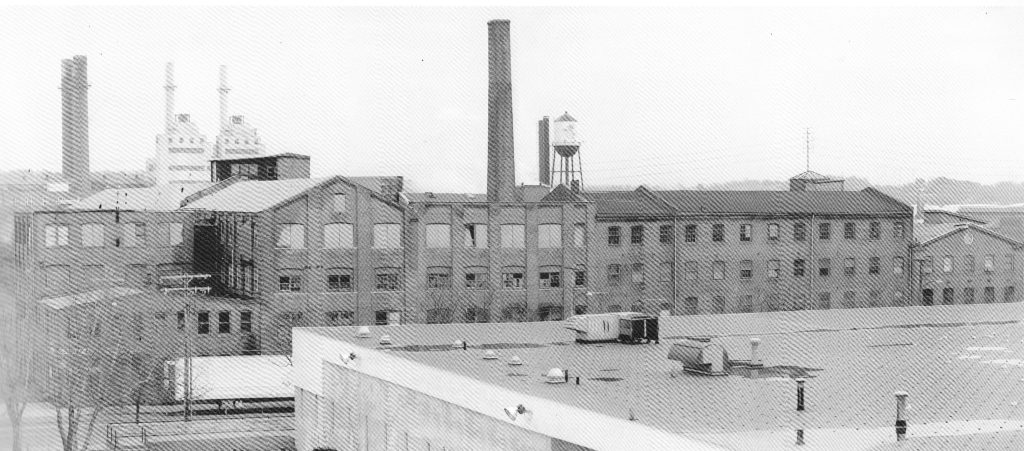By Dan Shine
Voice Columnist

Bringing Clockmaking to New Haven
Chauncey Jerome, founder of the Jerome Manufacturing Company, started his career in 1816, working in Plymouth, Connecticut for Eli Terry. At this time, Terry was just beginning mass production of his famous thirty hour wooden-movement clock. Two years later, Jerome went into business for himself, making clock cases that he traded with Eli Terry in exchange for wooden movements. His first shop was located in Bristol, Connecticut; there he produced clocks with both wooden and brass movements, created with interchangeable parts and mass-production techniques.
By 1837, Jerome’s company was the leader in the clockmaking industry. In 1844, with overseas sales increasing, he bought a bankrupt carriage factory on St. John Street in New Haven, so as to be conveniently close to shipping and the nascent railroad transportation which would become the New Haven Railroad. There he would draw upon an abundant and growing labor pool to produce and finish clock cases, while the clock movements continued to be built in Bristol. Soon thereafter, Jerome’s Bristol works were completely destroyed by fire; subsequently all production was moved to the New Haven location. By now, he employed 250 workers, and produced 150,000 clocks annually.
“There’s a sucker born every minute,” is a quote that is widely credited to the cynical circus mogul P.T. Barnum. Jerome’s future should have been secure but in 1855 he bought out a failed Bridgeport clock company controlled by P.T. Barnum, which wiped him out financially, leaving the Jerome Manufacturing Co. bankrupt. Jerome never recovered from the loss. By his own admission, he was a better inventor than businessman.
The New Haven Clock Company was founded in 1850 by Hiram Camp and a few other watchmakers in the New Haven, area. The company’s plan was to mass produce brass clock movements for Camp’s uncle, Chauncy Jerome, who owned the nearby Jerome Manufacturing Company, which at that time was still thriving.
When the New Haven Clock Company bought Jerome’s bankrupt company for $40,000 a few years later, they continued the work of building great clocks. In fact, by the 1880s, New Haven’s clocks and non-jeweled pocket watches became widely known for their high quality. They were now the largest clock manufactory in Connecticut, and one of the largest in the world.
Into the 20th Century went the New Haven Clock Company. During the 1920s, they introduced the nickel-plated alarm clock, the dollar watch and the wristwatch, and the synchronous electric clock. It was because of the development of the last item that time switches were incorporated into stoves, radios and refrigerators; this also led to dashboard clocks for automobiles.
By the 1930s, the New Haven Clock Company plant covered two city blocks and employed a work force of 1500 producing three million timepieces per year.
With the advent of World War II, their whole company of two thousand employees was solely devoted to the design and production of timing devices for anti-aircraft shells, bombs, and naval mines. This was profitable work, but it heralded the departure of people whose skills centered upon the building of clocks and watches. Those workers would not return.
Came 1946, and in the wake of World War II, the company reorganized and attempted to restore itself as New Haven Clock and Watch Company. The company’s finances, always shaky, worsened almost immediately when the new management attempted to expand total sales from $6 million to $9 million without adequate bank credit. There began a slide into Chapter X bankruptcy, from which the company could not recover. Its eighteen buildings, now occupying four acres of industrial land, and all of its machinery were sold at auction for $250,000.
During the 1960s, development of Interstate 91 necessitated the demolition of the former clock movement works on the west side of Hamilton Street, to facilitate construction of the right-of-way. The east plant, known as Clock Square, survives to this day, in a somewhat reduced and shabby form.